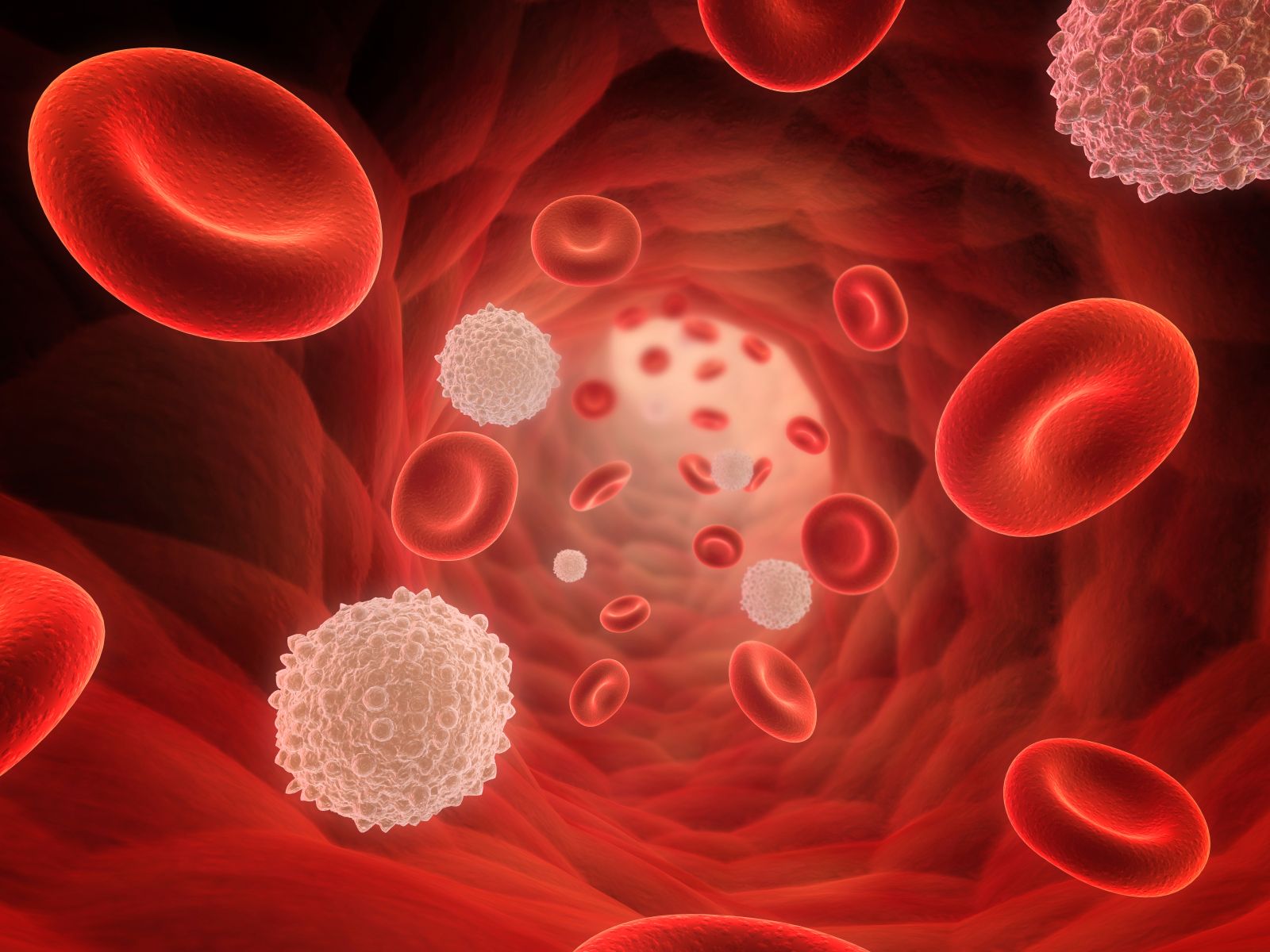Off-Label DOAC Use Not Appropriate for LV Thrombi, Increases Stroke Risk
New research from the RED VELVT trial is shedding further light on the discussion surrounding off-label use of DOACs for left ventricular thrombi.

While direct oral anticoagulants (DOACs) were a major turning point and have become a staple in cardiovascular medicine, results of a new study suggest off-label use for treatment of left ventricular thrombi with DOACs could be dangerous for patients.
Results of the observational cohort study, which included more than 500 patients, found treatment with DOACS was associated with an increased risk of stroke or systemic embolism compared with warfarin—refuting implications from previous published data.
In an effort to further examine whether DOACs could be used as a safe and effective treatment for left ventricular thrombi, investigators conducted the current analysis as part of the Retrospective Evaluation of DOACs and Vascular Endpoints of Left Ventricular Thrombi (RED VELVT) study. Using warfarin as the reference, this portion of RED VELVT included 514 patients with left ventricular thrombi enrolled at 3 tertiary care academic medical centers between October 1, 2013 and March 31, 2019.
Of the 514 patients included in the study, the mean age was 58.4 (14.8) years, 379 were men, and the median follow-up time was 351 days. Investigators pointed out 185 patients received a DOAC, 300 patients received warfarin, and 64 patients switched treatment between the 2 groups.
Of note, 141 patients receiving DOACs were treated with apixaban, 46 were treated with rivaroxaban, and 9 were treated with dabigatran.
The primary outcome of the study was a composite of clinically documented stroke or systemic embolism. Exposures listed by investigators include type and duration of anticoagulant use. Variables included in the analyses included patient age, race/ethnicity, cardiomyopathy type, BMI, eGFR, history of atrial fibrillation, and history of venous thromboembolism among others.
During the follow-up period, a total of 54 stroke or systemic embolism events occurred. Of these 54 events, 36 were identified as ischemic strokes and 18 as systemic emboli.
Results of an unadjusted analysis indicated previous stroke or systemic embolism(HR, 2.13; 95% CI, 1.22-3.72; P=.01) and use of DOACs instead of warfarin (HR 2.71; 95% CI, 1.31-5.57; P=.01) were associated with stroke or systemic embolism. In a multivariable analysis, results indicated anticoagulation with DOACs instead of warfarin (HR 2.64; 95% CI, 1.28-5.43; P=.01) and prior stroke or systemic embolism (HR 2.07; 95% CI, 1.17-3.66; P=.01) remained significantly associated with stroke or systemic embolism.
In an Editor’s Note published in JAMA Cardiology, Ann Marie Navar, MD, PhD, of Duke Clinical Research Institute, and Roxana Mehran, MD, of Icahn School of Medicine at Mount Sinai, write the results of the study only further the argument that a randomized clinical trial is needed to assess the use of DOACs for left ventricular thrombi.
“Whether DOACs are equivalent to warfarin for stroke prevention, as well as what the optimal dosing and duration of therapy for DOACs is in left ventricular thrombus, can only be answered with a randomized clinical trial,” the pair write. “The RED VELVT study provides compelling evidence that such a trial is overdue. In the interim, patients should be made aware that DOACs are not US Food and Drug Administration—approved for left ventricular thrombi and clinicians should be cautious in prescribing DOACs for off-label indications.”
This study, “Off-label Use of Direct Oral Anticoagulants Compared With Warfarin for Left Ventricular Thrombi,” was published in JAMA Cardiology.